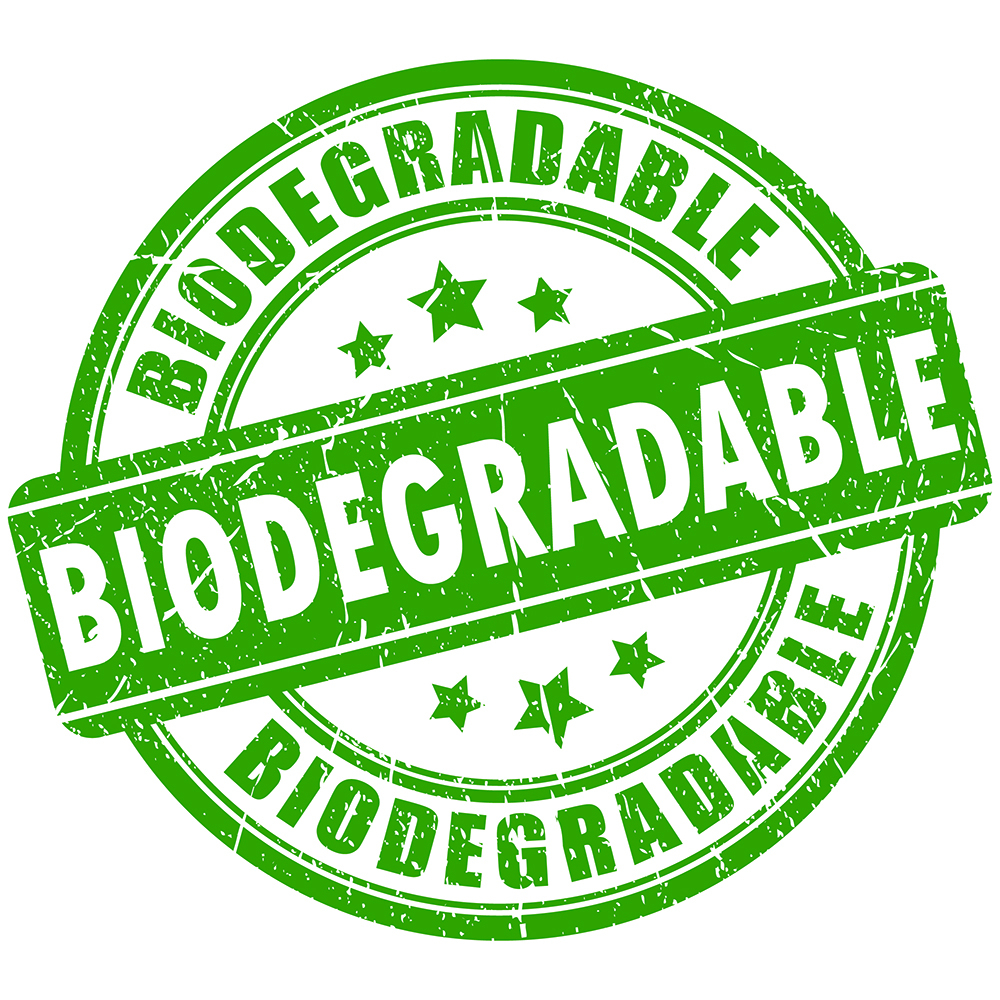What is Biodegradable Packaging?
Over recent years, a great amount of focus has been placed on our environment. As members of the public, we are bombarded with a series of mixed messages, which has led to a large amount of confusion with regards to what is ‘good’, what is ‘bad’, and what we should do. One of the factors to this confusion is the mis-labelling and misunderstanding of certain terms, such as compostable, recyclable, biodegradable (and oxo-biodegradable, photo-degradable and hydro-biodegradable), sustainable, and environmentally friendly. Here at ukpackaging, we want to try and shed some light on what these all mean in terms of packaging, starting with biodegradable.

Over recent years, a great amount of focus has been placed on our environment. As members of the public, we are bombarded with a series of mixed messages, which has led to a large amount of confusion with regards to what is ‘good’, what is ‘bad’, and what we should do. One of the factors to this confusion is the mis-labelling and misunderstanding of certain terms, such as compostable, recyclable, biodegradable (and oxo-biodegradable, photo-degradable and hydro-biodegradable), sustainable, and environmentally friendly. Here at ukpackaging, we want to try and shed some light on what these all mean in terms of packaging, starting with biodegradable.
What Does Biodegradable Mean?
For a product to be biodegradable, it must be capable of being decomposed by bacteria and/or other organisms. Biodegradable products can be anything from food scraps and wood, to cotton and wool. The term biodegradable is often confused with degradable, meaning a product which can be broken down by natural forces such as water (hydro-degradable), light (photo-degradable), and oxygen (oxy-degradable).

What Is Biodegradable Plastic?
Biodegradable plastic is an umbrella term that is typically used to refer to one of 3 types of plastic; bioplastics, biodegradable plastics, and recycled plastics.
Bioplastics are made using natural materials, such as corn starch, instead of oil (which is used in the making of traditional plastic). These plastics can be made using less energy than traditional plastic and produce less greenhouse gases when they degrade, and are usually compostable, breaking down in weeks. However, some of these bioplastics can leave toxic residue or fragments behind as they degrade, and some require industrial, high temperature composters to break down.
Biodegradable plastics are made with the same petrochemicals as regular plastic, but use an additive to help the fragments break down quicker in certain conditions (light, moisture, oxygen and heat). Unfortunately, these plastics do not always break down harmlessly, and some can leave toxic residues, making them (usually) not suitable for composting.
Recycled plastics use older plastics to make newer ones that are long-lasting and inexpensive. Generally recycled plastics are used in the making of lower grade items, and in some cases can use more water and energy (and produce more greenhouse gases).
What Packaging Is Biodegradable?
There is a range of biodegradable and degradable packaging available, from plastics to plastic alternatives such as paper and wood. Whilst biodegradable and degradable plastics may require specific conditions to degrade, and come with their drawbacks, it is important to note that they are still the preferred packaging for many items, particularly those that need to be waterproof or long lasting.
Paper and wood are solid alternative choices, being both biodegradable and recyclable, however paper itself has its own set of drawbacks. Paper production and recycling requires high levels of energy, thousands of gallons of water and bleach to clean the pulp, not to mention the millions of trees that are cut down each year for the manufacturing. It is also thought that paper creates more air pollution and air pollutants than plastic.
Our new range of environmentally friendly packaging features a selection of alternatives to traditional plastic packaging, including biodegradable loose fill, and oxo-degradable bubble wrap, alongside a series of plastic-free packaging – all of which is either biodegradable, recyclable, or both.
Should I Buy Biodegradable?
Whilst biodegradable products do have their own drawbacks, they are a step away from single use plastics, and therefore a step in the right direction. In fact, the best way to cut down on plastics is through reuse where possible, and proper disposal when it isn’t.


